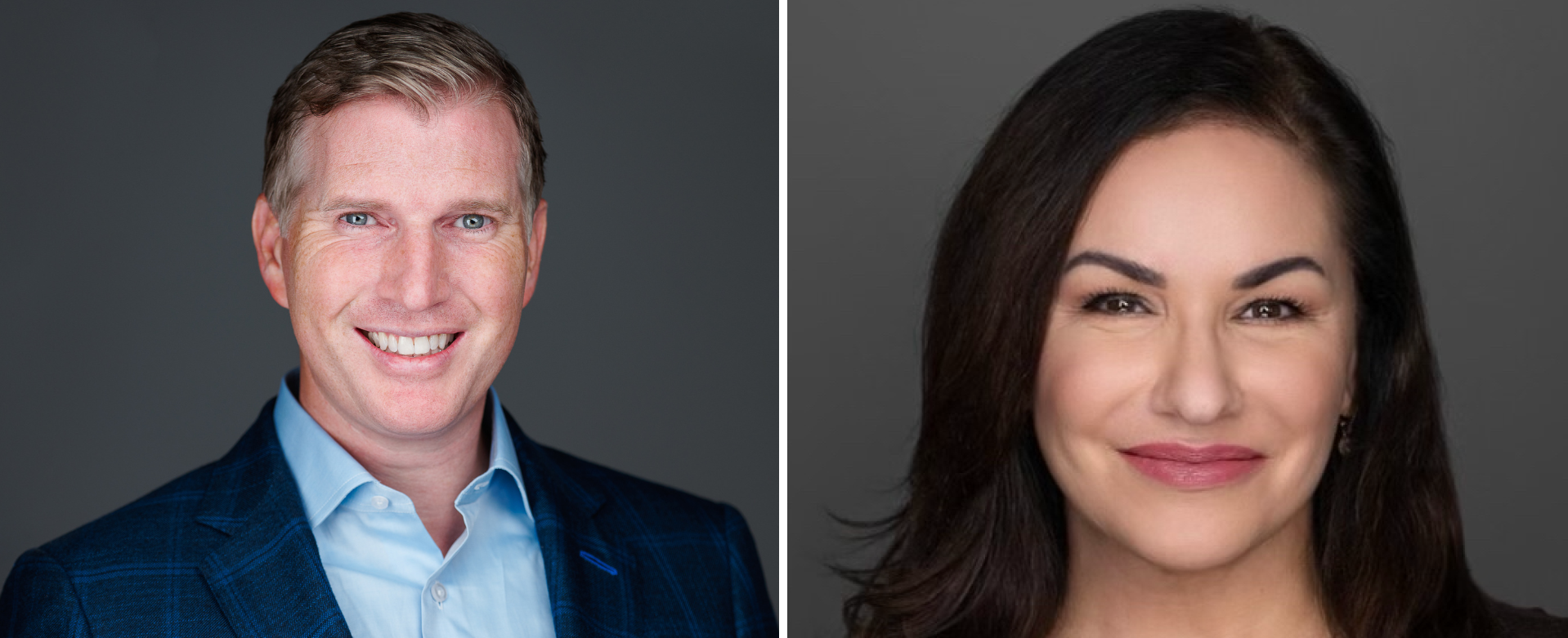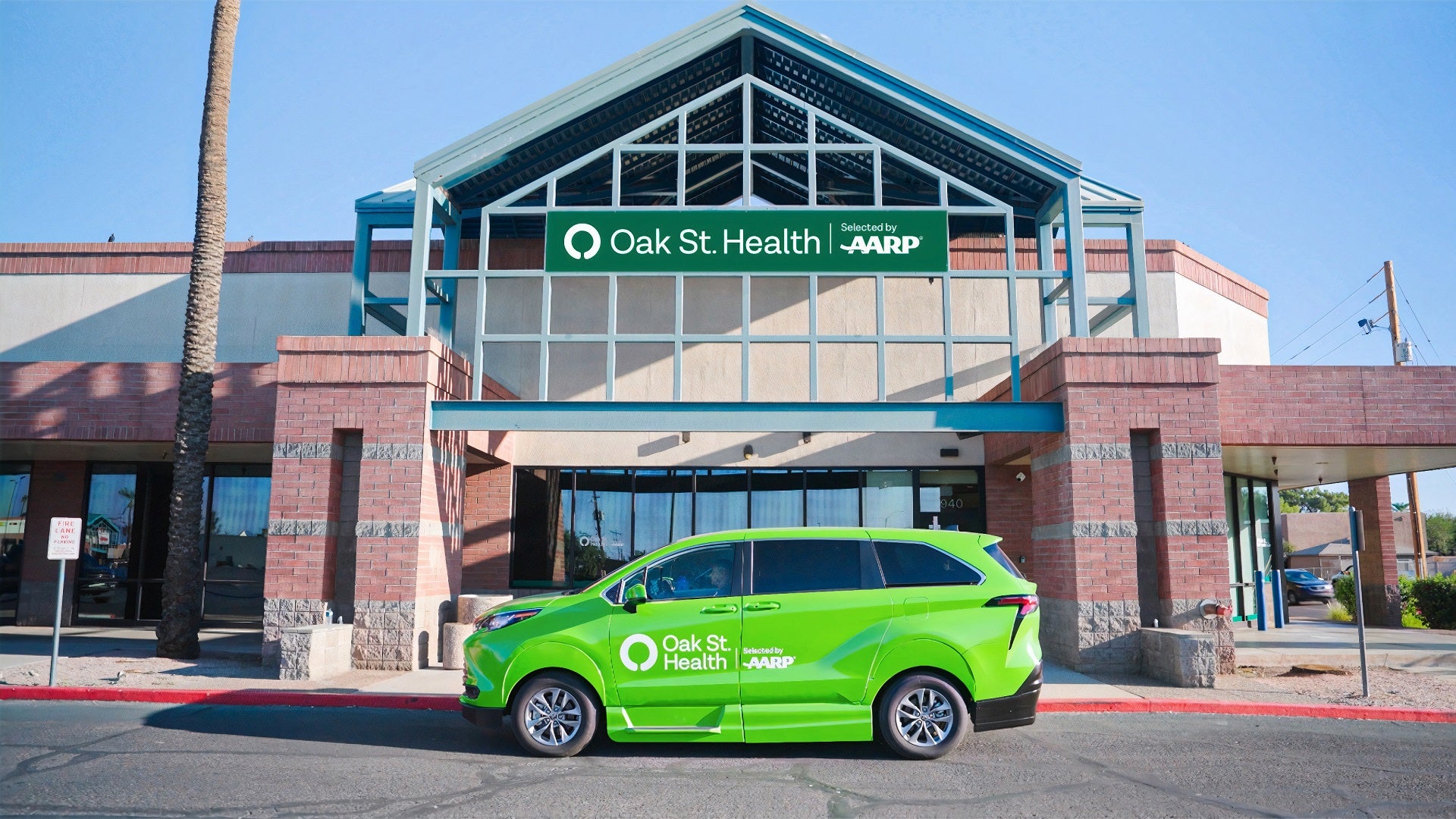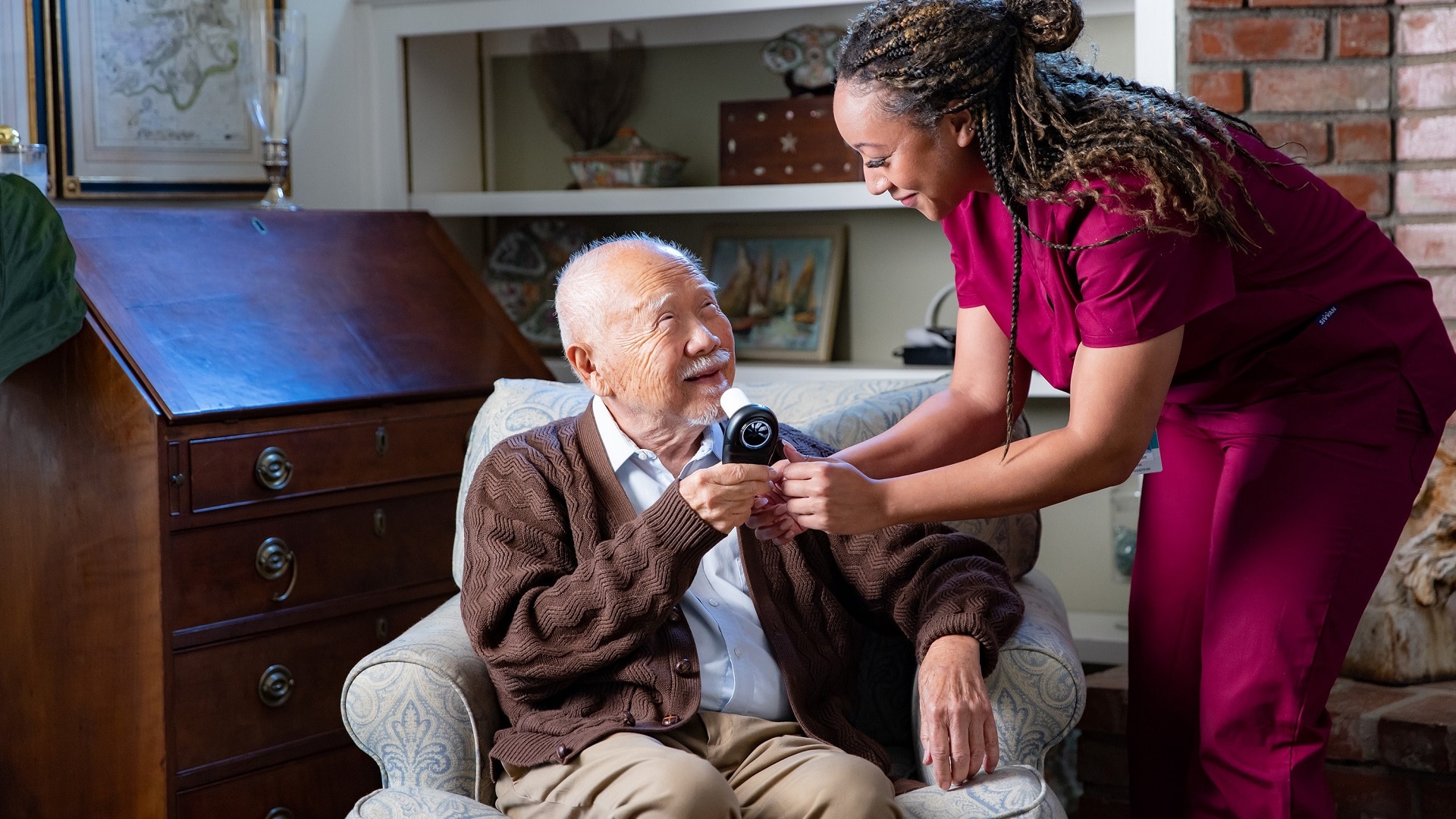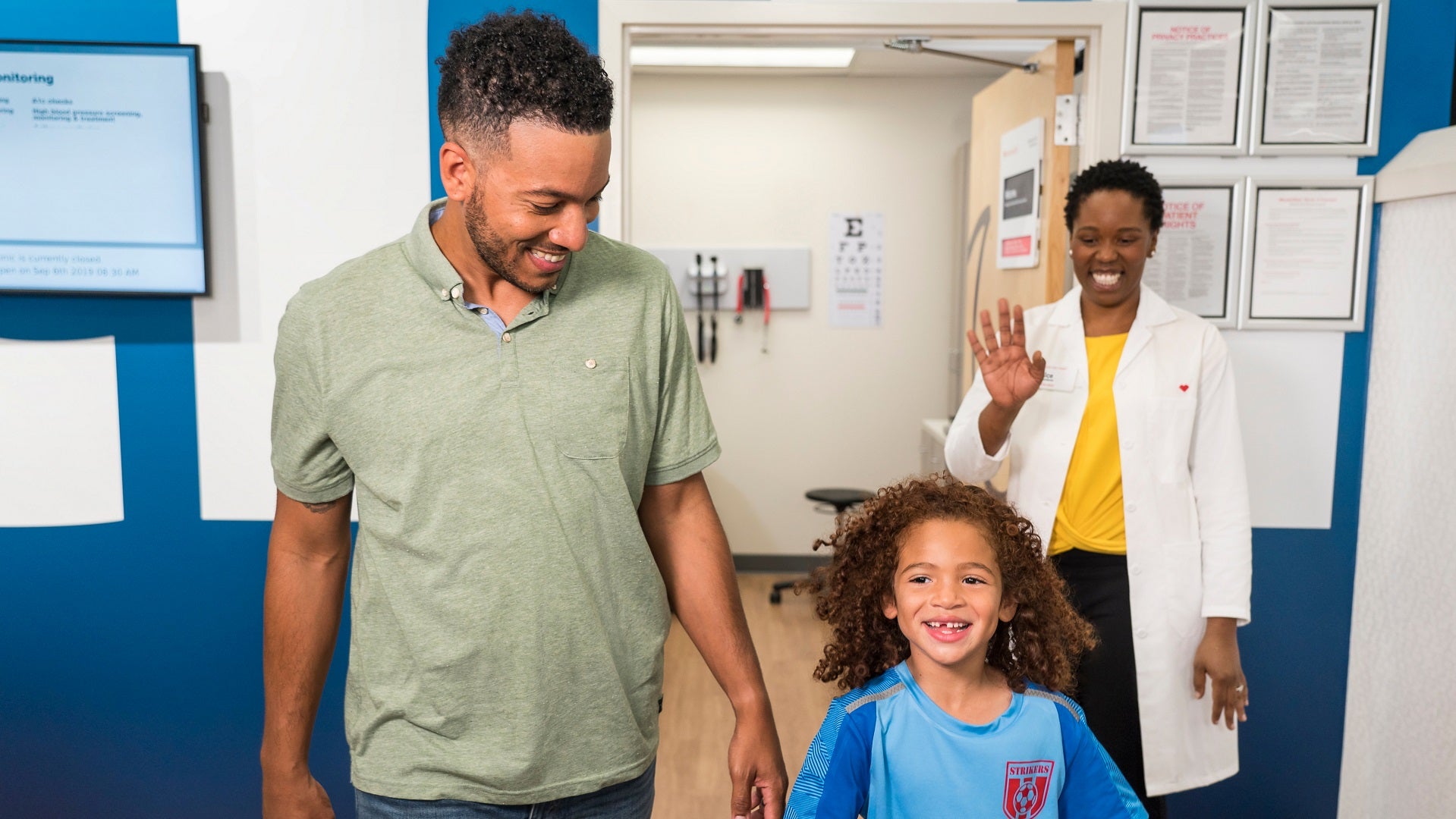Filling the primary care gap
As wait times for in-person visits continue to lengthen, MinuteClinic® is stepping in to fill the gap.
“Long wait times are really one of the detractors to patients engaging in their own health care,” says Dr. Creagh Milford, Senior Vice President of Retail Health, CVS Health®. When care is delayed, patients also end up requiring more intensive services, he notes.
MinuteClinic, located in select CVS Pharmacy® locations, provides a convenient, accessible option between primary care and urgent care.
“We perform most of the types of services that a primary care doctor would perform in the community,” says Creagh, including sick care, prevention and wellness services, and management for chronic conditions like diabetes or heart disease.
With roughly 13 million patients living in primary care deserts, retail health centers like MinuteClinic can also play a critical role in delivering care to under-resourced populations. More than 55% of the U.S. population lives within 10 miles of a MinuteClinic.
Offering community-based care
Thanks to the community reach of retail health clinics, volumes have increased more than 200% over the last five years, outpacing urgent care centers and emergency departments. In 2022, MinuteClinic alone treated more than 5 million patients.
“We predict that retail health will continue to become more and more of an integral part of local community-based health care delivery,” he says, adding that MinuteClinic offerings are a key component of the company’s care delivery strategy, which also now includes primary care medical centers and home health assessments through the company’s recent acquisitions.
Another benefit: A visit to a retail health clinic can be more affordable — up to 40% less than typical urgent care centers and 85% less than emergency room care, says Angela Patterson, Chief Nurse Practitioner Officer and Vice President of Retail Health, CVS Health.
While retail health clinics are not designed to replace primary care providers, they've grown to better support the primary care-based health system, expanding their services to include preventive care like school physicals, well-woman exams and care of common chronic conditions like diabetes and high blood pressure.
“We are more than flu shots and sore throats,” Angela says. MinuteClinic was the first retail health care provider accredited by The Joint Commission, she adds, demonstrating continuous compliance with nationally recognized standards and commitment to delivering the highest level of care.





